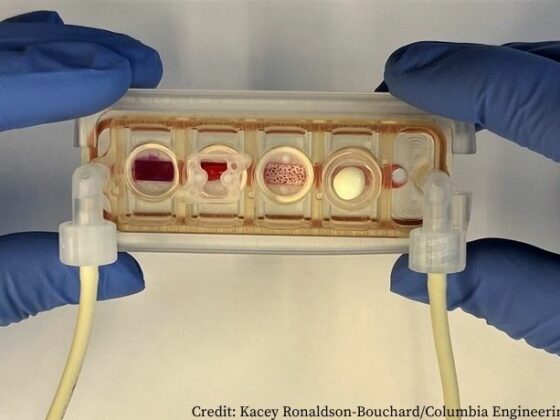Women under 40 with non-metastatic breast cancer experience similar survival regardless of whether they are treated with mastectomy or lumpectomy. The abstract presented at the American Society of Breast Surgeons annual meeting, held in Las Vegas, April 2022, showed that this finding held true across hormone receptor (HR) and HER2 subtypes. The study represents one of the largest ever to explore outcomes for breast cancer surgery in younger patient populations.
“The results are particularly significant because younger women are increasingly being diagnosed with breast cancer, despite low rates overall, and a growing number are undergoing mastectomy and even prophylactic bilateral mastectomy rather than breast conserving surgery,” says lead author Christine Pestana, from Levine Cancer Institute, Winston Salem, North Carolina.
In Western populations around 7% of breast cancers are diagnosed among women aged 40 years or younger, with early age-of-onset known to increase risk of contralateral breast cancer and local and distant recurrence, as well as subsequent mortality. Due to known worse clinical outcomes, young women with breast cancer have a tendency to equate more aggressive treatment with improved survival. But in making treatment decisions, says Pestana, there may be a tendency to disregard the consequences of mastectomy, including greater risks of infection, chronic pain, and the need for subsequent multiple reconstruction procedures.
For the study, Pestana and colleagues performed a retrospective chart review of 885 women under the age of 40, who were included in the Young Women’s Database at a single institution, and who were diagnosed with non-metastatic breast cancer, between 2010 and 2019, and were treated surgically. Due to missing data, 294 subjects were excluded, leaving 591 patients to be included in the analysis. Along with the type of surgery, demographic data, and information on stage, tumour grade, and the use of hormonal and systemic therapy were collected. Univariable and multivariable Cox proportional hazard analyses were then performed to determine whether patient, disease, or treatment factors were associated with increased risk of death. The median age for the cohort was 37 years, median time to follow up was 67 months. Molecular subtypes included were HR+/HER2‒ (n=315), HR+/HER2+ (n=123), triple negative (n=114), and HR‒/HER2+ (n=39).
Results showed that:
- At the time of follow up, 12% of patients (n=72) had died.
- Overall, treatment with mastectomy vs lumpectomy had no impact on survival (logrank P=0.2652).
- Use of mastectomy vs breast conservation had no impact on survival in any of the hormone receptor or HER2 subtypes.
- Of the HR+/HER2‒ group, 85.4% took antioestrogen therapy. Only an absence of hormone therapy appeared to be significant for survival, with an almost three-fold increased risk of death for patients who did not take hormone therapy vs those who did.
- African‒American ethnicity was associated with a 5.7-fold increased risk of death in women with triple negative disease.
“Overall survival does not differ based upon type of surgery in younger patients with breast cancer,” concluded the authors in the conference abstract. “Counselling regarding outcomes is important, especially in reducing unnecessary morbidity from surgical procedures that are not indicated.”












